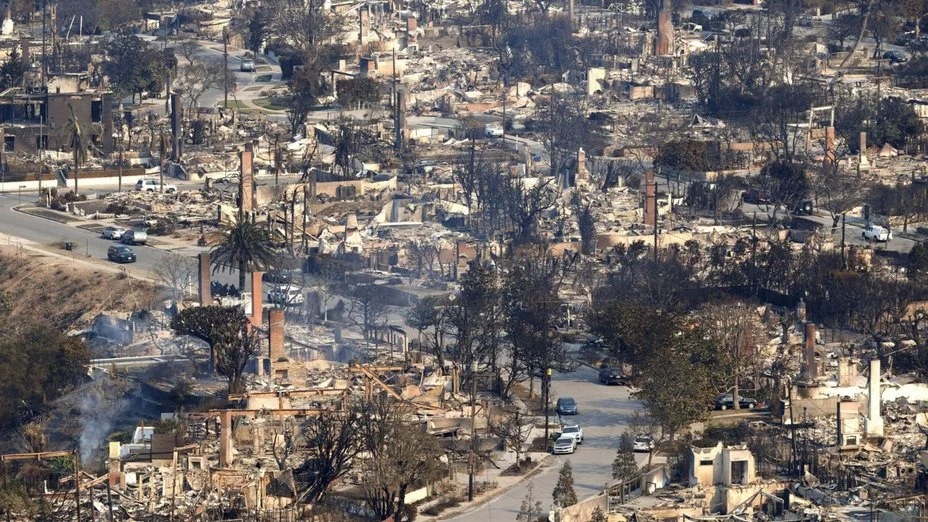
Could California’s Wildfire Woes Wreck Your Wallet?
In the wake of devastating wildfires that ravaged Los Angeles County earlier this year, California's homeowners are facing an unexpected financial storm. With insurers seeking to pass on billions in costs and lawmakers scrambling for solutions, the true price of climate-driven disasters is hitting home harder than ever. This isn't just about charred landscapes; it's about how everyday Californians are left footing the bill for escalating risks.
At the heart of the issue is a $1 billion assessment by the California FAIR Plan Association, approved by Insurance Commissioner Ricardo Lara in February. This move allows insurers to surcharge policyholders statewide to recover costs from the January fires in areas like Pacific Palisades, Altadena, and Sylmar. Even residents far from the flames could see their premiums spike by $40 to $60 annually, on top of already soaring rates. As Denni Ritter from the American Property Casualty Insurance Association puts it, "This modest, temporary cost recovery is critical to preventing a catastrophic collapse of California’s insurance market." But critics like Carmen Balber of Consumer Watchdog argue it's an unjust burden, potentially leaving homeowners with hundreds in extra fees amid rampant premium hikes.
The human toll is palpable in stories like that of Claire O’Connor, a Los Angeles real estate agent who lost her home in the Palisades fire. "I literally said to my husband, 'As if our house is going to burn down,'" she recalled, only to face the nightmare just months later. O’Connor's ordeal highlights the emotional and bureaucratic nightmares of claims processes, where payouts are mired in red tape, requiring endless documentation and contractor quotes. For her and thousands of others, the fires exposed not just physical destruction but a flawed insurance system that leaves survivors disillusioned and financially strained.
Amid these challenges, hope emerges from the legislative front. The California State Assembly Insurance Committee recently greenlit Assembly Bill 1236, aiming to create a climate resilience insurance program. This bold initiative, championed by Commissioner Lara, focuses on covering natural disaster risks for vulnerable, uninsured populations. As Lara stated, "The climate crisis demands action and innovative solutions. It's time for California to align with the rest of the world." The bill could provide a safety net, potentially reducing future surcharges and aiding recovery efforts, though it's still under review.
Comparing these developments, it's clear that California's wildfire crisis is amplifying broader environmental and economic pressures. From 2019 to 2024, over 100,000 homeowners lost coverage as insurers pull back from high-risk areas, driving premiums up nationwide—jumping 24% on average. Experts warn this is just the tip of the iceberg, with potential for more assessments if another major blaze hits. The interplay of climate change, insurance practices, and policy reforms raises critical questions about equity and preparedness.
In summary, California's wildfires are not only torching homes but reshaping the financial landscape for residents. As we grapple with these changes, what does the future hold for affordable insurance in fire-prone states? Share your thoughts in the comments below—have rising premiums affected you, and what solutions do you propose?